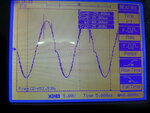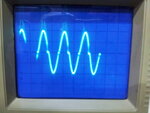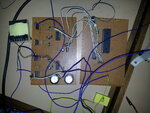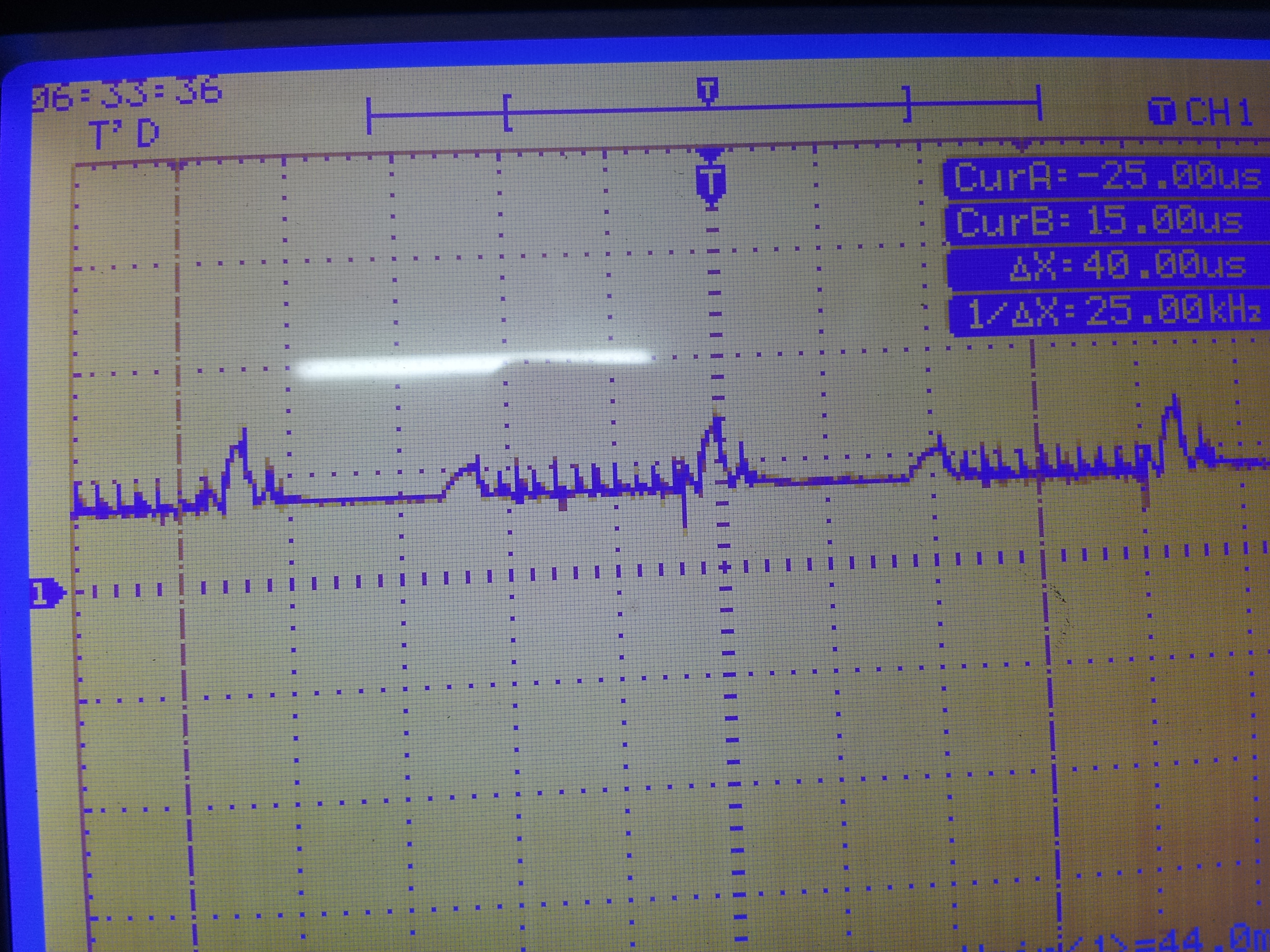--BawA--
Advanced Member level 1
- Joined
- Nov 28, 2012
- Messages
- 479
- Helped
- 43
- Reputation
- 86
- Reaction score
- 42
- Trophy points
- 1,318
- Location
- Noida, INDIA
- Activity points
- 4,926
hi tahmid, i am using non polarised box capacitor in my filter design,
this is my schematics
i have reffered your blog for my hbridge design,,
i am writing some different cases which i have experimented and got failure
case1 - i have connected my hbridge to 32vdc and there was also lc filter in output ,,, in this case my circuit is working properly and i am getting the sine wave ,here is the image

case2- when i connect my hbridge to 311v dc bus, and filter is not connected,then there is no damage to mosfets,,i have also run resistive loads ,,
case3- when i connect hbridge to 311v dc bus and filter is also connected ,,,as i turn on my circuit ,my mosfets of hbridge blown out,,
my inverter rating is 350va, 220v 50hz,,
output filter rating - L=5mh (etd39 gapped core is used) and C=0.22uf
here are some more images of my circuit

below is my spwm signal

also proper dead time is provided between the signal
plese help me tahmid,,i have tried many times ,but didn't get success,,please tell me the problem?
this is my schematics

i have reffered your blog for my hbridge design,,
i am writing some different cases which i have experimented and got failure
case1 - i have connected my hbridge to 32vdc and there was also lc filter in output ,,, in this case my circuit is working properly and i am getting the sine wave ,here is the image


case2- when i connect my hbridge to 311v dc bus, and filter is not connected,then there is no damage to mosfets,,i have also run resistive loads ,,
case3- when i connect hbridge to 311v dc bus and filter is also connected ,,,as i turn on my circuit ,my mosfets of hbridge blown out,,
my inverter rating is 350va, 220v 50hz,,
output filter rating - L=5mh (etd39 gapped core is used) and C=0.22uf
here are some more images of my circuit

below is my spwm signal

also proper dead time is provided between the signal
plese help me tahmid,,i have tried many times ,but didn't get success,,please tell me the problem?
Last edited:
